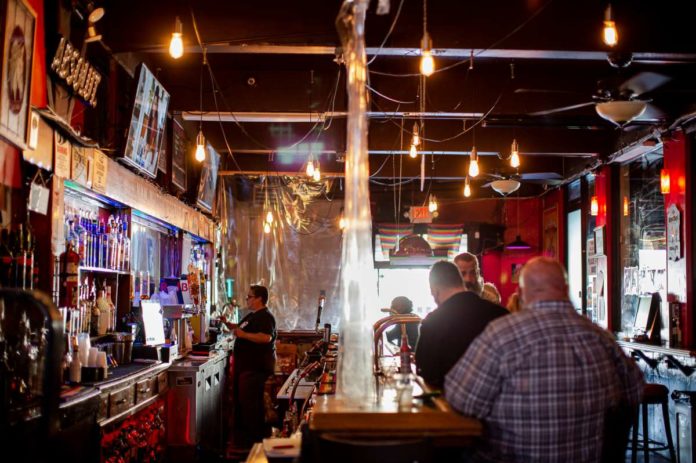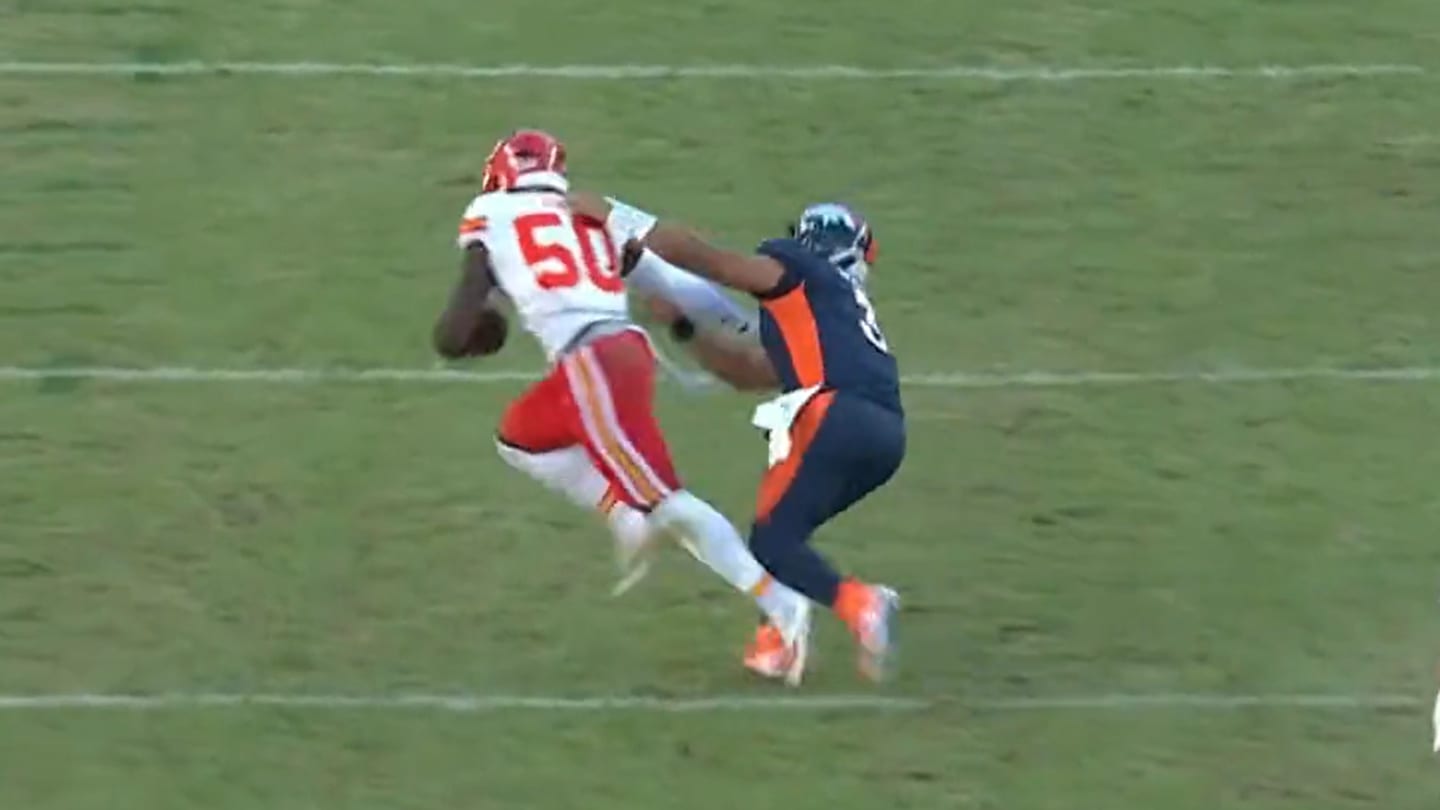It’s the Wednesday before Pride at the White Horse, and a drag queen in a gravity-defying green wig is lip-syncing and shaking her hips to “Call Me Maybe” by Carly Rae Jepsen. People in the crowd sing along and wave dollar bills at her, which she plucks with a smirk from their outstretched hands.
When the song ends, she pauses to look out on the joyful, maskless audience, friends reuniting with hugs and cheek kisses.
“I can’t believe there’s so many people,” she says, shaking her head in disbelief. “It’s making me emotional.”
Following California’s recent reopening, Oakland’s White Horse is the sort of place people flock to. It’s familiar and unpretentious in the way only old bars can be — in fact, open since 1933, it claims to be the oldest continuously operating gay bar in the country.
The place feels so bubbly and carefree now, it’s difficult to imagine the secretive, fearful atmosphere of the White Horse in its early days. At the time, same-gender sex was a felony.

White Horse, at 6551 Telegraph Ave. in Oakland, is the oldest continuously operating gay bar in the United States.
Mariah Tiffany/Special to SFGATE
“Back then, they would pass you off to jail and your name would be published in the paper and you would be fired [if you were caught in a gay bar],” said now-owner Chuck Davis. “They could also close the gay bar just for physical touching, and things like that would put you right out of business.”
According to the White Horse website, rumor has it that in the 1950s, a bartender would walk around the bar with a ruler to make sure no one was getting too close to each other. If they did, he’d hit them with the ruler and say, “No touchy.”
Many Telegraph Avenue neighbors had no idea the White Horse was even a gay bar. It once connected to a restaurant (in the space that is now the dance floor), which Davis recalls going to as a child.
“I knew of the place since I was a young person, because it was a Chinese restaurant,” said Davis. “My parents took me there and we had dinner one time. … Nobody knew it was a gay bar. In fact, a lot of the gay clientele would go into the Chinese restaurant late, go through the door between the two and end up in the bar, and they could kind of come and go incognito.”

White Horse, at 6551 Telegraph Ave. in Oakland, is the oldest continuously operating gay bar in the United States.
Mariah Tiffany/Special to SFGATE
Police raids of gay and lesbian bars were common in the ’50s and ’60s, but the White Horse was lucky — it was never raided. Whether it was really just that discreet or the owners paid off police remains a mystery.
But it wasn’t until 1970 that the bar’s no-touching policy came to an end.
“I was still a teenager then and too young to go into bars,” said Davis. “But I understand that everything was pretty complacent until Stonewall happened in 1969 … it suddenly got very political to the then-current owners, and their mandates of rulers and staying away did not go over very well.”
When Ruth and Joe Johansen, the straight couple that owned the White Horse at the time, refused to distribute Berkeley-based radical newspaper Gay Sunshine at the bar, members of the Gay Liberation Front organized a boycott of the bar. For weeks, they marched outside the bar with “Gay Power” signs, and even held a sit-in.
Finally, the owners agreed to the protesters’ demands: People could touch each other in the bar, and they would allow the sale of Gay Sunshine.

Owners Chuck Davis and Jesse Kelly stand outside of the White Horse, at 6551 Telegraph Ave. in Oakland.
Mariah Tiffany/Special to SFGATEDavis, who used to frequent the White Horse in the late ’70s and ’80s, bought the bar in 2000.
“I hadn’t planned on buying it, it just kind of happened,” he said, chuckling.
The establishment had never been closed for a single day, he said, until the pandemic. For almost the entirety of the past 15 months, the historic watering hole sat dark. Fortunately, the White Horse made it out OK — thanks to “adequate reserves and a patient landlord,” said Davis.
The beloved bar finally made its miraculous return in mid-April, now with a parklet built outside and a plastic barrier separating bartenders from bar patrons. They celebrated in style with a “RuPaul’s Drag Race” viewing party. Ever since, the White Horse has been teeming with life.
“The whole place has been rejuvenated and reborn since the pandemic,” said Davis. “A whole different crowd has come in, and they keep telling their friends and we get more and more business.”

White Horse, at 6551 Telegraph Ave. in Oakland, is the oldest continuously operating gay bar in the United States.
Mariah Tiffany/Special to SFGATE
While the crowd is a little younger now, and you may not have seen a drag show there back in the ’30s, he says that a lot about the White Horse has actually stayed the same over the years.
“Well, obviously there’s not a no-touching policy,” he said. “But I think the beautiful thing about it is … very little has changed. Today, it might be a little bit different dress, but the theme is still the same, and the interior is still hardly changed.”
“People walk in now and they’re like, ‘Yes, this is where I was 10 years ago. This is where I met my wife or husband,’” added manager Mike Helm. “… Though it looks a little different, it’s still the same. There’s little things that have changed but all in all, the bar makeup has stayed pretty solid to what it was.”
“It’s almost like going home again,” said Davis.
More Food + Drink









